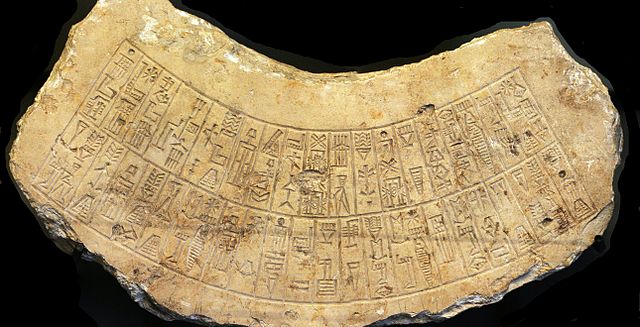
| MARAD
Marad location in Iraq Coordinates : 32°05'34 N 44°47'00 E
Marad (Sumerian: Marda, modern Tell Wannat es-Sadum or Tell as-Sadoum, Iraq) was an ancient Sumerian tell (hill city). Marad was situated on the west bank of the then western branch of the Upper Euphrates River west of Nippur in modern-day Iraq and roughly 50 km southeast of Kish, on the Arahtu River.
The city's ziggurat E-igi-kalama (House which is the eye of the Land) was dedicated to Ninurta the god of earth and the plow, built by one of Naram-Sin's sons, as well as the tutelary deity Lugal Marada (also Lugal-Amarda). The city fell into the bounds of the Akkadian empire after the conquest of Sargon of Akkad.
History
:
Archaeology :
Inscription for Naram-Sin's temple construction in Marad by his grandson Lipit-Ili The site of Marad covers an area of less than 124 hectares (500 acres).
Marad was excavated by a team from Qadissiyyah University in 1990 led by Na'el Hannoon, and in 2005 and 2007 led by Abbas Al-Hussainy. Excavations resumed in 2019.
Source :
https://en.wikipedia.org/ |

